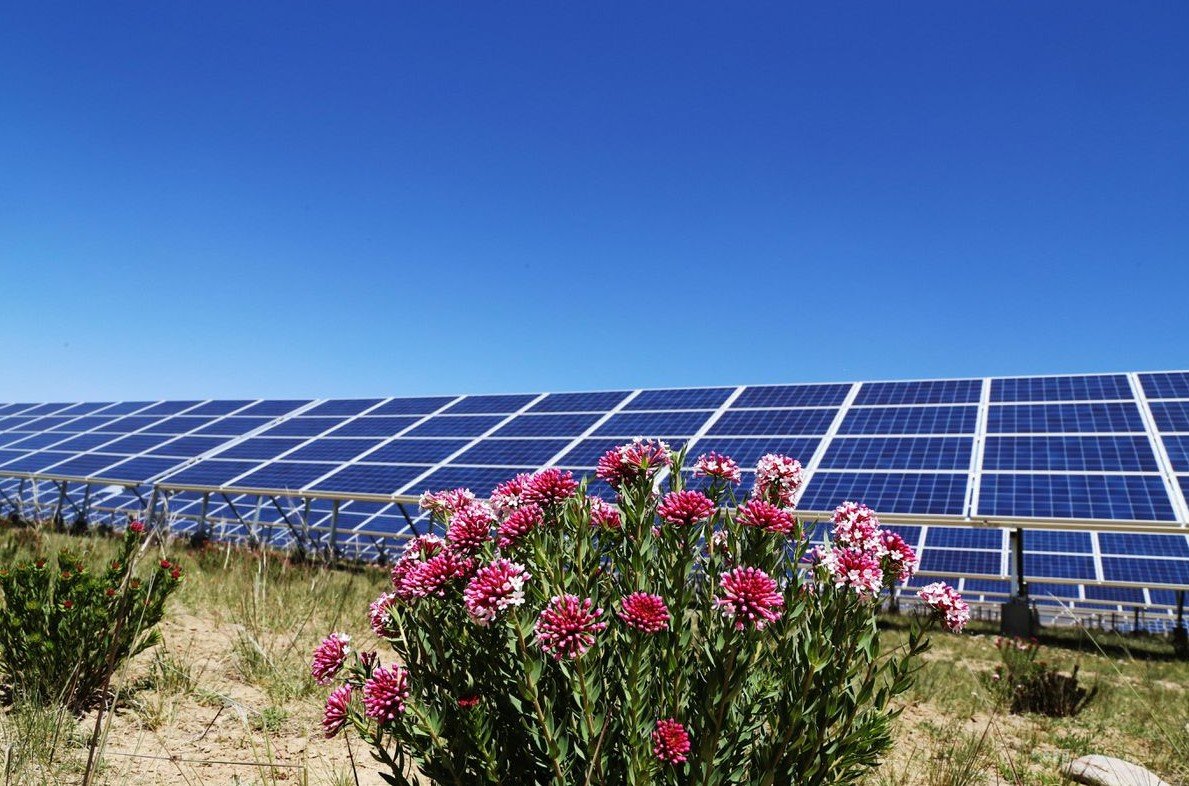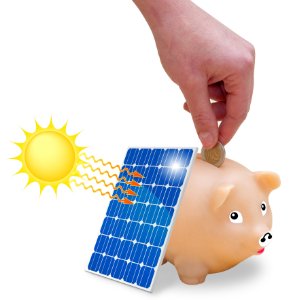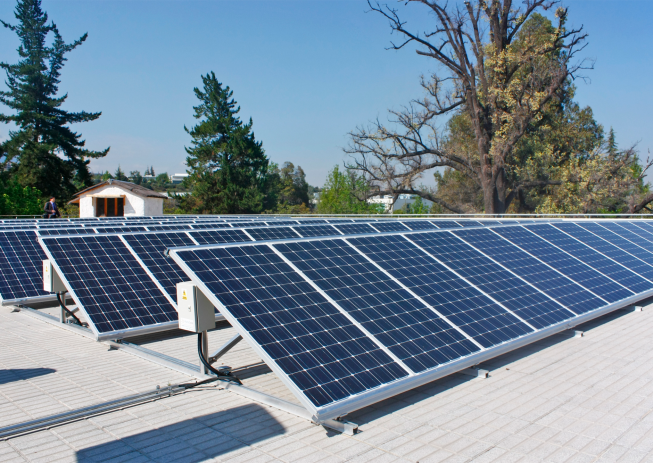
Solar pv system design
In this article I will explain how is the Solar pv system design and their components.
Solar pv system design
Every time we hear more about renewable energy and more specifically about solar energy ; If you browse the internet you will find many web pages that tell you how to calculate a solar installation and perhaps you will understand something about its elements, but little else.
I have consulted some of them and I have realized that something more clear and simple can be done . Whenever I come across one, I want to try to explain it in another way and it’s not that I know more than the other, but that with a different approach it could be much clearer. I’ve finally decided to write something about it, to see if I can get it.
Solar pv system design: To start: what consumption will there be?
Let ‘s start with the main points that we must define: one is the daily consumption that we can have, such as the lights that we turn on, the hours that we watch TV… and another is how much maximum energy we will spend on peak at a given moment.
It is essential to clarify and define these two concepts well, since they will allow us to establish the capacity of the batteries and calculate the power of our inverter, respectively.
But hey, let’s go by parts and start at the beginning.
WHAT ELEMENTS WILL THE INSTALLATION HAVE?
The list of the elements necessary to carry out a photovoltaic installation is as follows:
1 – Inverter.
2 – Solar panels.
4 – Batteries.
3 – Regulator
I will tell you more information about each element:
INVERTER
To establish the power of the inverter that we are going to buy, I always ask the following: if you make an electricity contract with a company, the first thing they ask you is: how many kilowatts (KW) do you want? You can only answer this question yourself. What happens if they make you a contract for, for example, 1.5KW?
Well, as soon as the sum of the consumption that you are having at a certain moment exceeds this value, the company’s automatic will jump; that is, if you turn on some light bulbs, plug in a mobile charger, the music system and many other small things, nothing happens, but if you keep adding up, there may come a time when the automatic goes off.
Well, if this concept is clear, you will already know what power your inverter is going to be.

To finish clarifying the concept, we will say the following: the choice of the inverter will make the device jump from time to time, very often, or never depending on how much power it has.
It is clear that if we want to use a dryer it is not convenient for us to have less than 1.5KW, since any dryer will easily be of this power or more (unless we use it without hot air).
The fact that we need to turn on the lights many hours a day, that we want to always have music on or things like that does not interest us when establishing the power of the inverter.
Naturally, if we buy a 5KW one, everything is solved…
But do you really think it’s the best?
There are a number of reasons why, although we can afford it, it is not convenient to do this. In our courses this point is of the utmost importance since it is not a matter of “whether a big horse walks or does not walk”, rather of correctly sizing the entire installation. But power, it can be installed.
There are different types of inverters, square wave or pure sinusoidal; In the Renewable Energy and Electricity Workshop for your home , we see the differences between one and the other. In any case, the second is more advisable.
BATTERIES
Batteries are a fundamental part in the design of the photovoltaic system.
For an inverter to work in principle, one or more batteries are necessary.
The inverter makes it possible for us to have 220V in our house and in our plugs, and for this the capacity of the battery is not decisive: a small battery can make a 5 KW inverter work perfectly without any problem.
The question is: how much autonomy do I want to have in my installation? I will try to explain it better.
We know well that as long as there is sun there will be energy , and therefore our inverter can work even without a battery, yes, I said correctly, without a battery.
The point is that when the sun goes down, if we don’t have a battery in which the energy accumulates, we would be left without light.

Consequently, if we have a small accumulator we will be able to extract energy for a short time, while if we have large accumulators we can have energy for weeks and weeks even without the sun…
Although later it will be necessary to fill in the extracted energy, but we will see this in the next section on solar panels. The important thing is that the concept is clear, little battery capacity equals little autonomy when there is no sun, and the opposite, a lot of capacity plus autonomy .
Now, how do we choose how many we need?
Simple, we add all the consumption that we expect to spend in a day and establish how many days of autonomy we want; This also depends on how much sun there is usually in your region, since shining the sun does not use up batteries. Let’s give an example:
- 4 hours of led bulbs (20W) 4×20=80W/h
- 2 hours of stereo (50W) 2×50=100W/h
- 3 hours of computer (100W more or less) 3×100=300Wh
Continuing in this way with your other needs without taking into account sporadic uses, such as the dryer, the toaster…, the final sum will be a certain number, for example 480Wh.
Now we have a small problem, and that is that the capacity of a battery is measured in Ah and not in Wh, what to do? Using ohm’s law (an important topic of the Renewable Energy Workshop ) we can carry out the conversion and know how many Ah we would need to supply our installation for one day if there is no sun.
I (A)= P (W)/V (battery voltage, we consider 12V)
480/12=40Ah
Now we have to make a series of considerations, the most important is that using a battery that has only 40Ah we would make it go to zero in one day, which is not convenient.
Always make sure that the battery capacity does not drop more than 30-40% , otherwise its useful life would be greatly reduced.
So, what to do? We just doubled the amps. Well, we have 80Ah, a day goes by without sun and the battery stays at 50%, what if there is another day without sun? Well, we would find ourselves with the same problem again…
In short, it is about increasing that value until we get the autonomy we want and prevent the battery capacity from dropping too much. For all this that we are saying, it is very good to take into account a series of details, such as, for example, that we use energy when there is sun and we avoid, as far as possible, using large consumptions at night , since while with sun we will suck current directly from the plate, at night we will do it from the battery.
Regarding the choice between 12-24 or more volts, the general criterion is that for installations with low consumption, such as a weekend house, 12V is sufficient. The higher the consumption, the higher the voltage; for the habitual residence, 24V may be adequate and for a company where there is a lot of consumption, 48V is even advisable. Obviously the inverter will be of the same input voltage. The question of the type of battery is explained in detail in the Workshop .
PHOTOVOLTAIC PANELS .
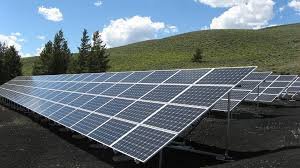
Nor is it the best solution. For this reason, the solar panels have to be well dimensioned.
In short, if you live in a very sunny area , perhaps you can do without mounting many plates, on the contrary, if you are in the north where it is very easy to have cloudy skies for several days, it will be convenient to increase their number.
The comparison that I usually make is that of a tank (accumulator) and a tap (photovoltaic panel). Although it is possible to fill a large water tank with a small tap, it would take weeks; the same can be said for a small board and a big battery.
And automatically the question arises: what if we put a lot of plates?
From my experience, it can be 100W of board for every 100Ah of battery. An important point is that the plates and batteries can be added on the fly as needed. For this reason, it will be advisable to have a minimal command of series and parallel connections , depending on the installation.
Solar pv system design: Regulator
As the sun hits the solar panels, the battery is charging, but it usually happens that it reaches a maximum charge and does not want more amps and if there is no “regulator” device, never better said, it deteriorates. In other words, it is not convenient to exceed its maximum capacity.
The regulator not only does this, but also gives it more or less current depending on the situation, since the load is supplied with a precision electronic control, all to favor the useful life of the battery.
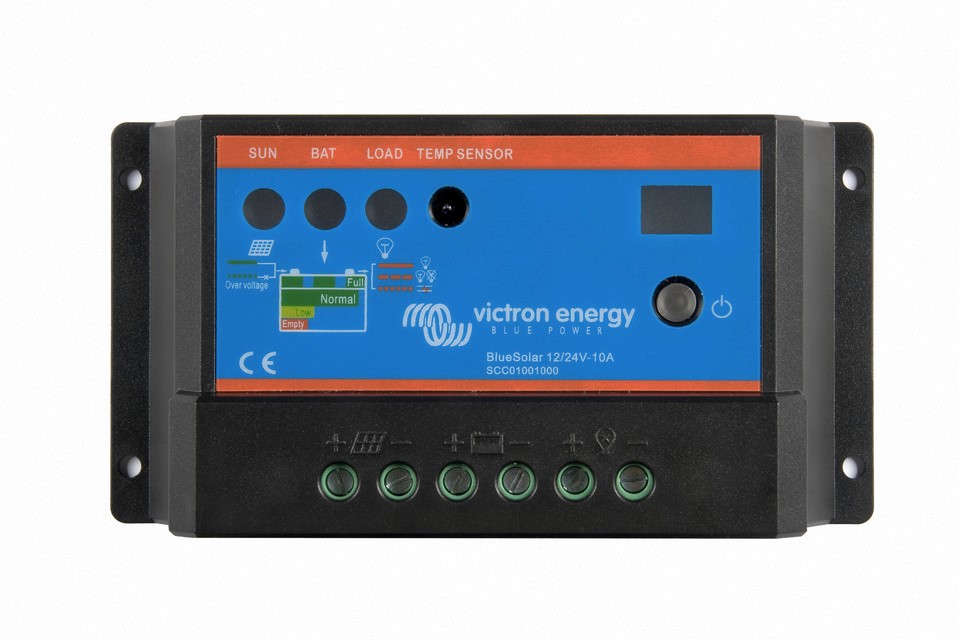
There are several types of regulators, and in the Workshop we delve into their function, but the least you need to know are two things: that the voltage must be the same as the system and that the amperage must not be less than the total current given by the plate to battery.
If, for example, the plate gives 20A, the regulator should never be less amperage.
Lately inverters are being built that have it already incorporated, it is much more comfortable, of course.
Summarizing
We have reached the end of the article Solar pv system design, therefore we will summarize what was previously stated.
To summarize, on the one hand I have focused more on explaining concepts and not just giving data, and on the other I have to trust that a person who wants to carry out their own solar installation will be well advised and our Workshops are designed for this.
In addition to delving into all the fields related to renewable energies, we explain everything you need to understand electricity and we focus on raising awareness of real needs, putting a touch of awareness in relation to the resources of our planet, which if considered unlimited are becoming very limited or even scarce.

